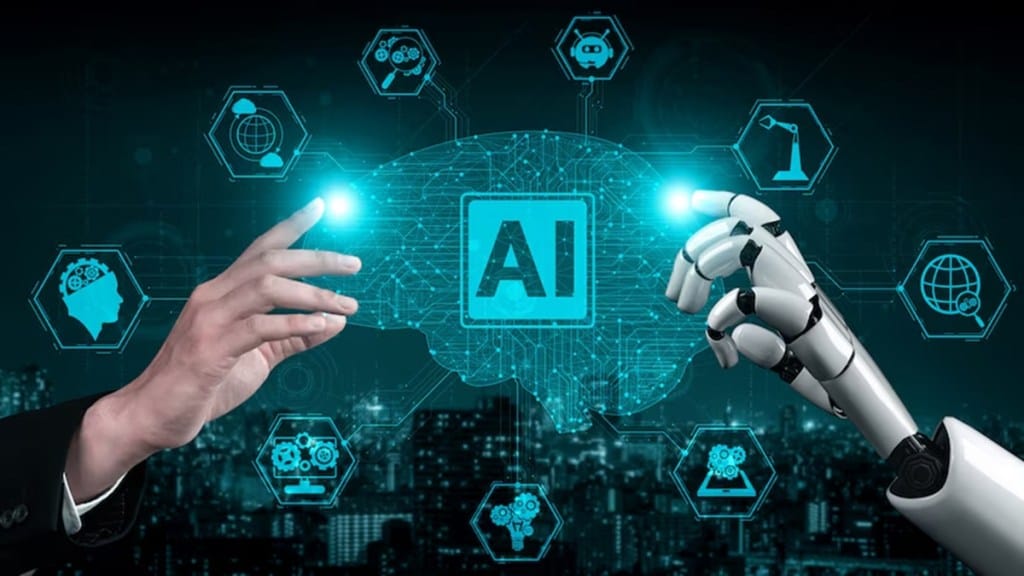Mamidala Jagadesh Kumar, Former chairman, University Grants Commission
We have a full-blown road safety emergency in India. In 2023, nearly 1.73 lakh lives were lost in road accidents. That’s 474 people a day, or roughly one in every three minutes. Total accidents crossed 4.8 lakh last year, 4.2% more than in 2023. Two-wheeler riders, especially those without helmets, made up around 44% of the victims, while pedestrians accounted for nearly one-fifth. And the biggest killer was speed. Overspeeding led to over two-thirds of all fatalities. It is a wake-up call. Emerging technologies can help arrest this trend.
Artificial intelligence (AI) is quietly slipping into the passenger seat with an eye on the road. In cities like Pune, public transport systems have begun using smart cameras that track whether drivers are drowsy, distracted, or speeding through signals. They gather data from cameras, steering patterns, brake pressure, and even how often the driver blinks, and then connect the dots to flag risky behaviour. Is the car drifting too frequently? Has the driver been nodding at red lights? That’s when alerts kick in, sometimes a gentle beep and at other times a vibrating steering wheel.
Studies across the world point to one encouraging trend: AI is helping cut down road accidents. In countries like the US and Germany, data from commercial fleets using AI-based monitoring systems show a sharp drop in collision rates, sometimes by over 30%. Even in India, pilot plans using AI-assisted driver fatigue alerts in buses have reported fewer late-night mishaps. Of course, the human factor — how drivers respond to alerts or coaching — makes all the difference. Still, the evidence is stacking up. Roads seem slightly safer when AI tools are thoughtfully integrated into transport systems.
AI is changing how fleet operators think about road safety, not by replacing drivers but by helping them drive smarter. Modern fleet management systems track patterns in braking, acceleration, lane shifts, and even how often a driver checks mirrors. When something seems off, the system can flag it. AI could become the much-needed co-pilot for India’s commercial drivers, many of whom spend gruelling hours on the road. Imagine a system that doesn’t just track driving hours but knows when your eyes droop or your reaction time slips — and nudges you to take a break before disaster strikes. For truckers hauling goods across states or gig workers zipping through traffic to be on time, AI could help reclaim a basic human need: rest.
Over time, this data doesn’t just prevent crashes; it builds a kind of memory for the fleet, helping managers spot risky habits and intervene early. Will technology serve the driver or become another tool to squeeze productivity? That’s the policy crossroads we need to get ahead of.
Current AI systems still wrestle with unpredictability — weather changes, erratic human behaviour, and patchy infrastructure can throw them off balance. Many models work well in controlled settings, but their reliability starts to wobble if they enter a chaotic jam or a poorly lit rural road. AI often struggles to interpret subtle human cues that a seasoned driver would catch instinctively. So, meaningful progress hinges on field research, culturally and geographically grounded data sets, and a nuanced understanding of human-machine interaction on the road.
AI could become India’s watchful guardian of school transport. With simple camera-based systems, overloading can be caught real-time. Of course, whether schools and contractors will invest in such systems is the question policymakers must now confront.
AI-powered dashcams and mobile apps don’t have to be luxury tech reserved for premium cars. What if they were as common as a phone charger in an autorickshaw? Basic AI models can now run smoothly on budget smartphones, flagging unsafe turns or erratic speeds without burning data. It’s technically and economically viable to bring this to two-wheelers and local delivery fleets. For a country where most road casualties involve vehicles that aren’t high-end, making AI affordable isn’t just a tech challenge but a public safety imperative.
AI in vehicles walks a fine line between co-pilot and backseat driver, subtly reshaping how people think behind the wheel. On one hand, features like lane-keeping assist or adaptive cruise control can reduce fatigue and sharpen focus until drivers get too comfortable and tune out. Vital questions arise. Who bears responsibility when an AI driving system fails: the driver or the algorithm? Does increased reliance on automation reduce drivers’ situational awareness and instinctive response capacity? The road ahead demands careful calibration — designing AI that supports, not supplants, human judgement.
We may reduce accidents by monitoring driver behaviour, but it raises ethical questions. Where does safety end and surveillance begin? Who owns the data? How far should a vehicle police your behaviour? Under the Digital Personal Data Protection Act 2023, any AI system tracking a driver’s gaze, phone usage, or alertness must operate with explicit, informed consent and stick to its stated purpose. That means no data is stored indefinitely or passed on to third parties without a legal basis, and no vague clauses are buried in fine print.
As AI becomes an ever-watchful presence on India’s roads, we must ensure it serves the public good without compromising human dignity, agency, or trust.
Views are personal


